Why is the World Addicted to Debt?
Introduction:
Why has global debt doubled relative to GDP since 1980—even after a crisis like the 2008 financial meltdown? Why do interest rates keep falling while debt keeps rising? These are the core questions Princeton economist Atif Mian tackles in his essay published by the Monetary Authority of Singapore in its April 2025 Macroeconomic Review. In this compelling essay, Mian dissects the global addiction to debt through a structurally grounded, data-rich analysis. Below is a guided summary of the essay's most impactful insights—synthesized with international financial professionals in mind.
1. The Debt Explosion: A Systemic Shift, Not a Cyclical Aberration
Global debt-to-GDP ratios have more than doubled since 1980, with U.S. debt climbing from 187% to 329% of GDP. Crucially, real interest rates moved in the opposite direction, plunging from 8% in 1980 to near-zero by 2020. Mian interprets this divergence not as a coincidence, but as a structural transformation: rising debt without rising interest rates suggests a supply-driven credit boom, not demand-led borrowing. This reframing shifts the policy lens away from reckless consumers to systemic imbalances in how capital is generated and allocated.
2. The Root Driver: Extreme Wealth Inequality
The essay’s central thesis is stark: rising inequality has created a structural oversupply of savings at the top. In the U.S., the top 1% doubled their share of national income—from 10% in 1980 to 20% in 2023. Because wealthier households save a far greater proportion of their income (top 1%: 41.7% saving rate vs. bottom 50%: near 0%), their growing income share creates a powerful savings glut.
“The top 1% alone contributed an additional US$800 billion per year in savings from 1982 onward.” — Atif Mian
What did the economy do with this excess capital? It wasn’t channeled into productive investment but rather lent out to the bottom 99% to fund consumption—fueling a cycle of borrowing and indebtedness.
3. Indebted Demand: The Paradox of Falling Rates and Rising Fragility
Mian, alongside Straub and Sufi, advances a powerful theoretical framework: Indebted Demand. As inequality concentrates income among high-saving households, the economy experiences persistent downward pressure on interest rates. Lower rates inflate asset prices, making collateral more valuable and further enabling debt-fueled consumption.
However, this cycle is inherently fragile. Since household borrowing rates (Rₚᵣᵢᵥ) exceed the economy’s growth rate (G), maintaining aggregate demand via indebtedness becomes unsustainable unless real rates continue to fall. The system, Mian argues, teeters toward a persistent liquidity trap, in which monetary policy loses traction.
4. The Fiscal Substitution: From Private to Public Debt
After 2008, with households deleveraging, governments stepped in as borrowers of last resort. Chart data shows that all U.S. credit growth since 2008 stems from the public sector. Government deficits rose from near-zero pre-crisis to an average of 4.3% of GDP post-crisis.
This substitution is not necessarily problematic—so long as the government’s borrowing cost remains below GDP growth (R₍gov₎ < G). Under this condition, known as the “convenience yield,” the state can sustain deficits without triggering future fiscal contractions.
5. The “Goldilocks” Zone: Not Too Much, Not Too Little
Yet Mian warns that fiscal space is not unlimited. Governments face a trade-off: deficits must be large enough to support demand but not so large that they push up long-term interest rates and trigger market instability. The U.S. may have already breached this “Goldilocks zone.” Forward-looking interest rates have climbed significantly post-COVID, fueled by continued high deficits and political uncertainty.
“Fiscal policy must walk a narrow path between insufficient demand support and excessive debt accumulation.”
6. Global Relevance: Why This Matters for Financial Professionals
This framework is especially relevant to financial professionals, policymakers, and multinational corporates in Europe, Asia, and emerging markets for three key reasons:
Asset Pricing & Risk Management: With global markets interconnected, any fiscal instability in the U.S. or a loss in its “exorbitant privilege” will ripple across sovereign bond markets, risk premiums, and portfolio valuations.
Policy Planning: Governments and IFIs evaluating debt sustainability must now consider inequality-driven macro fragility—not just cyclical debt overhangs.
Financial Strategy: For institutional investors, understanding the “indebted demand” framework equips them to better assess long-term interest rate trajectories and the sustainability of debt-driven consumption models.
7. Looking Ahead: The Structural Challenge
The essay closes on a sobering note. The current global economic model—reliant on the rich saving and the rest borrowing—is unsustainable. Mian suggests that unless structural inequality is addressed, the world economy remains vulnerable to debt crises, low productivity growth, and perpetual fiscal stress.
“Until we directly address the underlying drivers of inequality, global economic stability will remain fragile and continuously exposed to the risks of a deeply indebted world economy.” — Atif Mian
Suggested Citation:
Mian, Atif. Why is the World Addicted to Debt? Macroeconomic Review, Special Feature A, April 2025. Monetary Authority of Singapore.












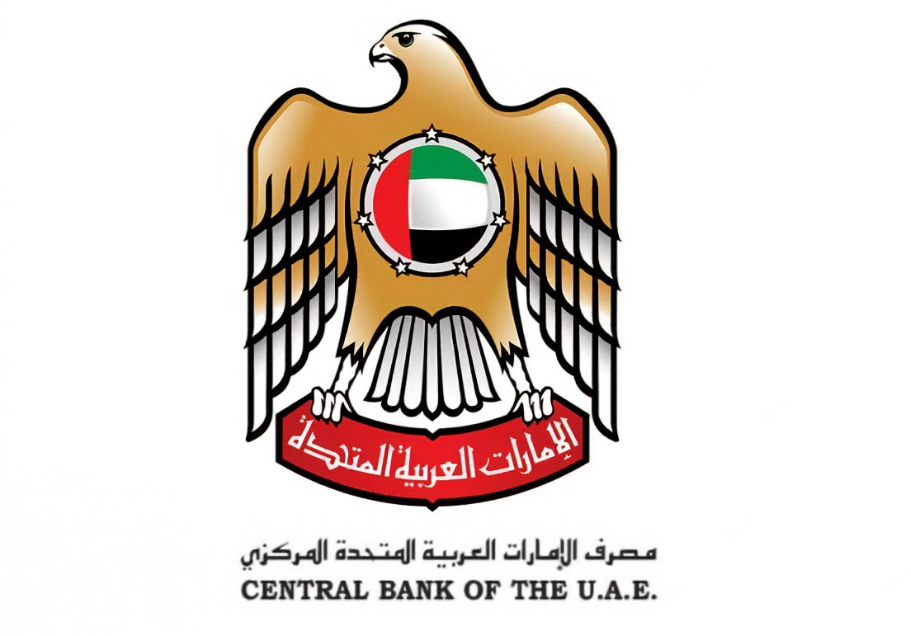

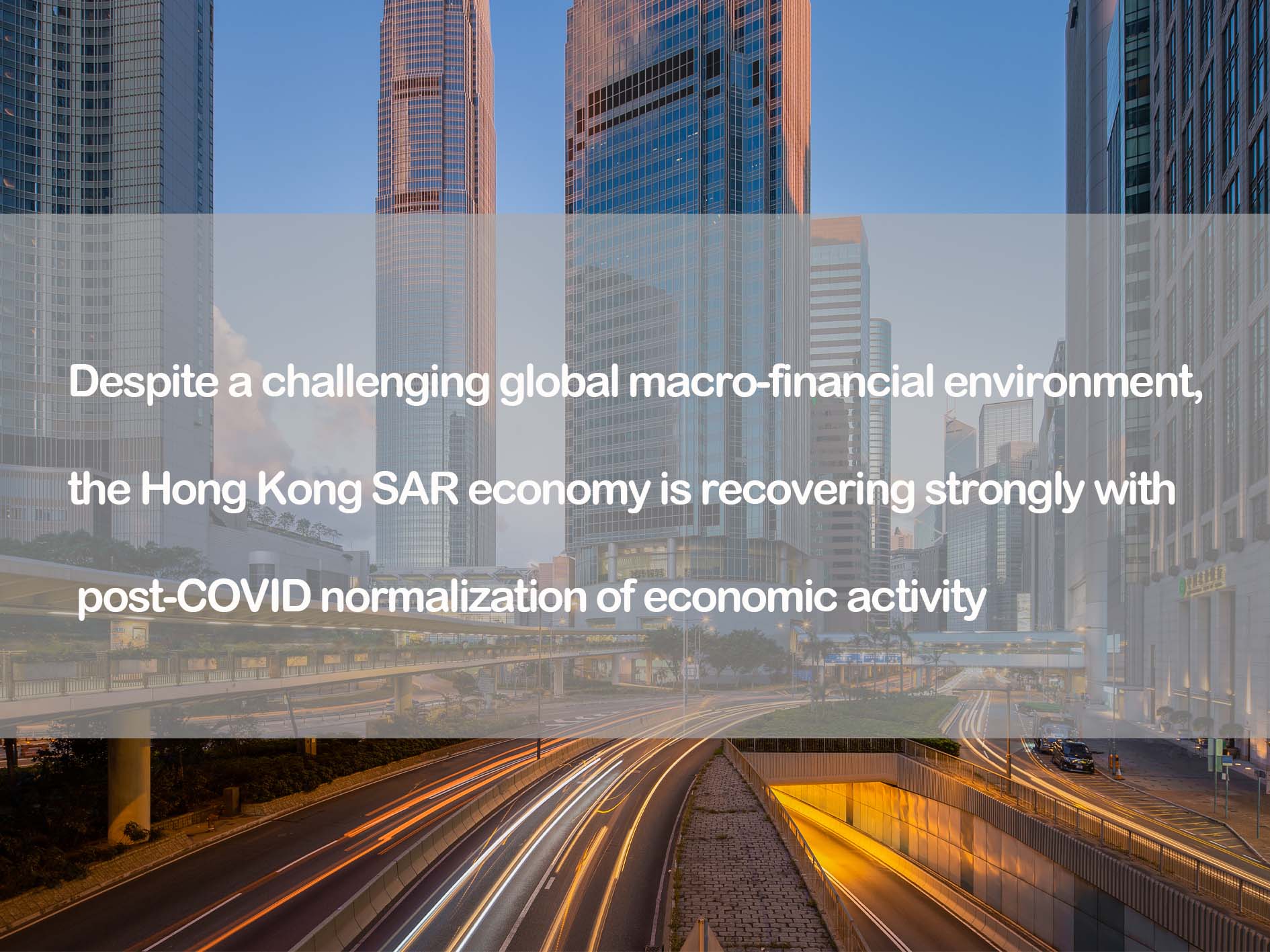



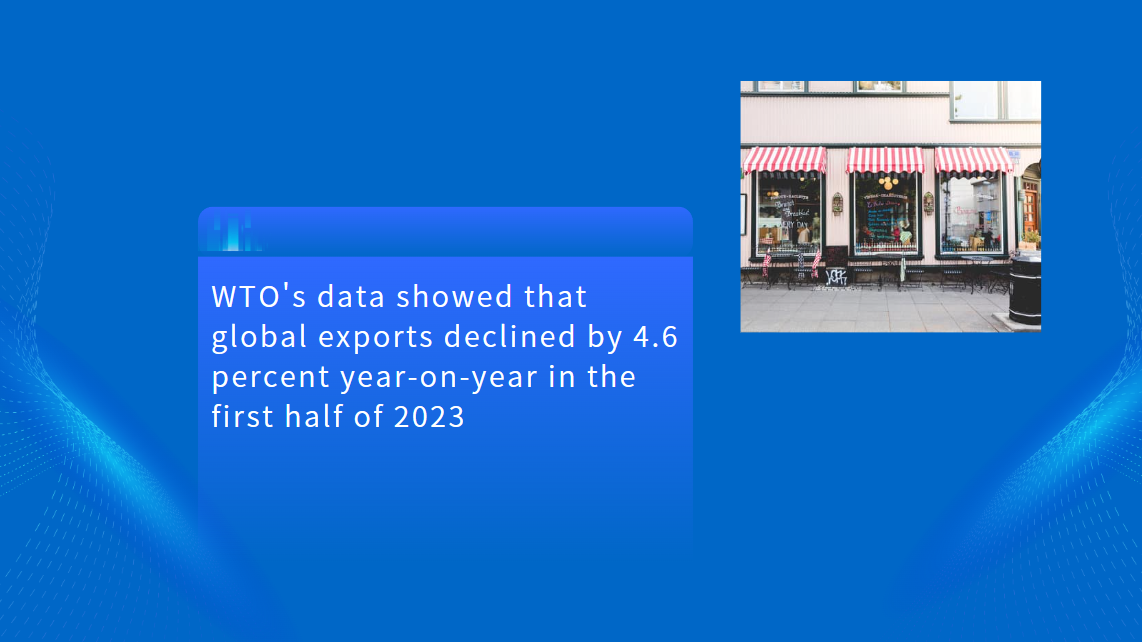
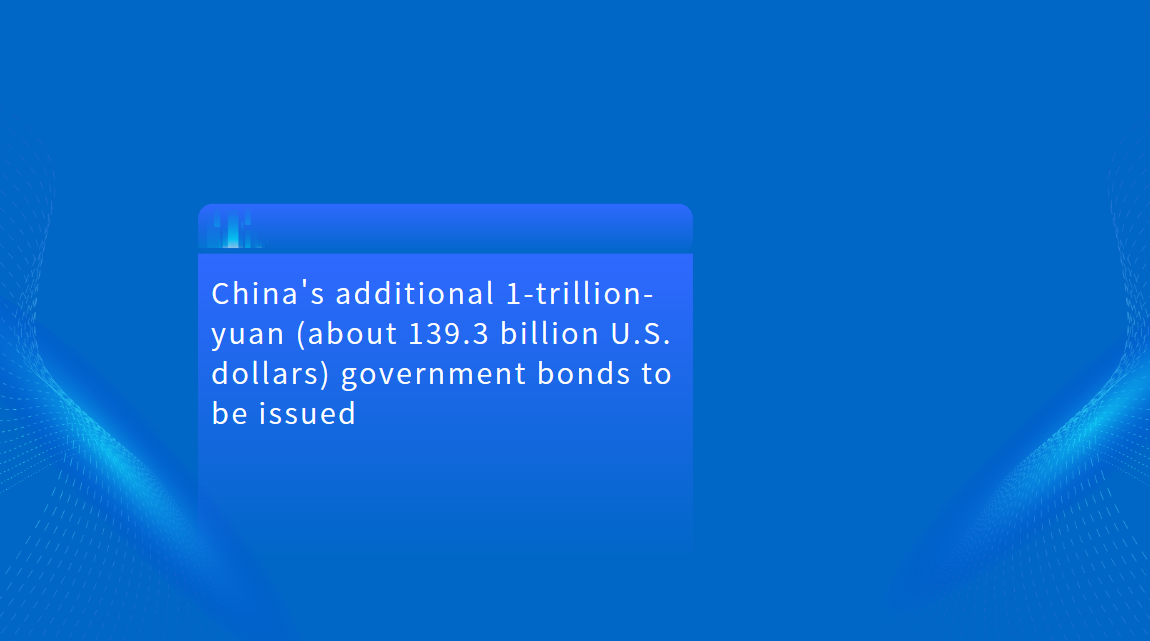

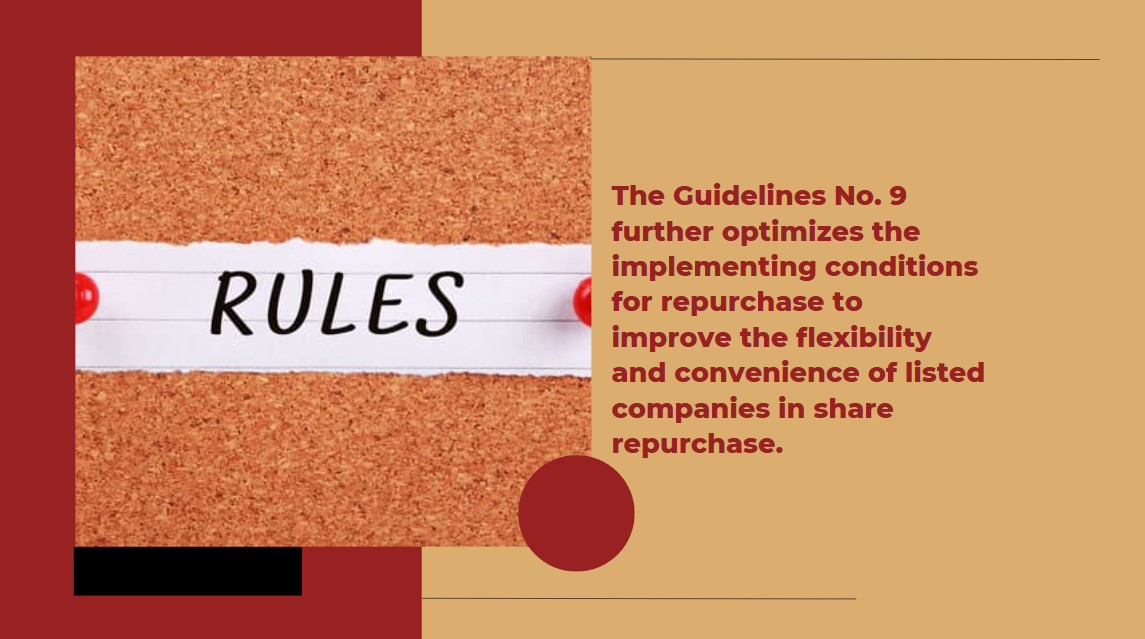



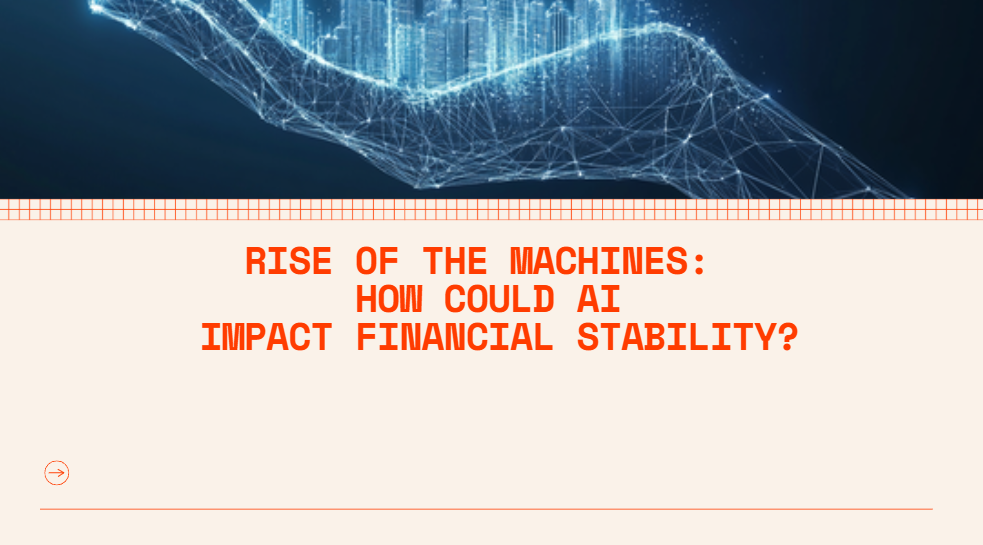



























First, please LoginComment After ~